Michelangelo didn’t think he was an architect!
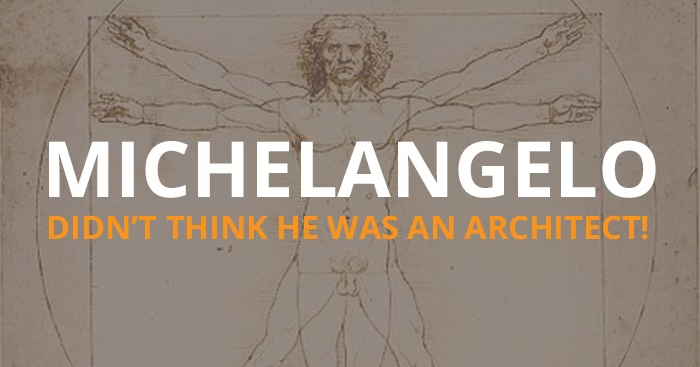
This is inspired by Dave’s research and drafts of his upcoming book about the rebirth of the architect in the design-build model.
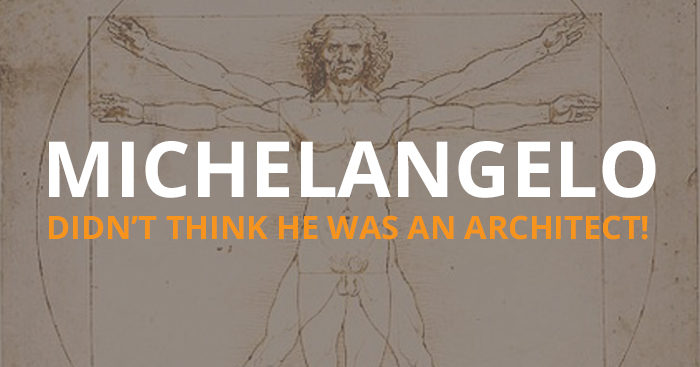
Michelangelo, one of the greatest artists to have graced the Earth, and the designer of some of the most beautiful buildings ever built, never considered himself an architect. Though he designed incredible buildings, regarding actually being an architect, he wrote, “it is not my profession” (Le Lettere Michelangelo Buonarrotipg p.431) and “I am not an architect” (Italian Drawings – Michelangelo & His Studio, Johannes Wilde, 1953, p. I09f) at different points of his career.
Why was this?
Because Michelangelo understood fully what went into making up an architect—and he knew he didn’t have it.
Michelangelo was born in 1475 and apprenticed as a painter at the age of thirteen. Shortly thereafter, he mastered the art of sculpture and by 1504, had created the masterpiece David. At this time during the heart of the Renaissance, Greek and Roman antiquity was all the craze. Aligning with theory from antiquity, the human body was elevated as a work of art and Michelango was a master of this. Architecture at the time, had a focus on the orders (styles governing the proportions and details of buildings) , which applied to the human body as well and this was a segue for many artists to architecture. Also, Michelangelo obviously knew how to draw, and being a sculptor, was familiar with masonry, which was the chief building component at the time. His expert knowledge of masonry and the focus of the times on antiquities placed him in demand as a creator of monuments. If we think of a monument being something in between a large sculpture and a small non-functional building, its creation was a good springboard for his first true architectural endeavor. In 1516, he was commissioned to design the façade of San Lorenzo Church in Florence, and the flat plan of that façade would end up being looked at as a piece of art in and of itself.
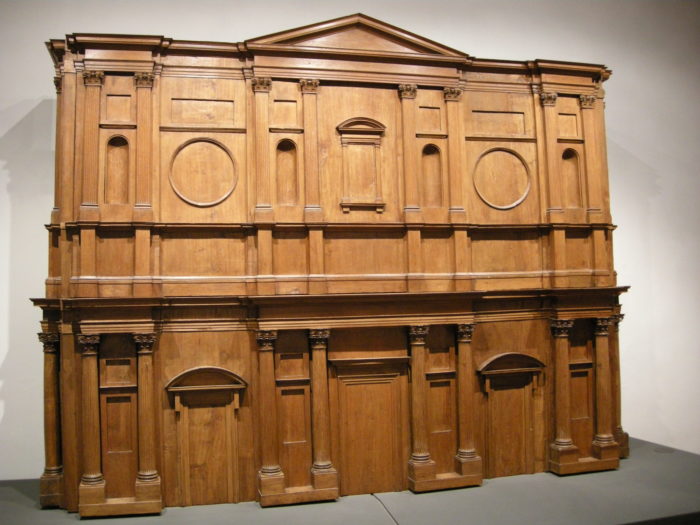
Design for the San Lorenzo façade; Image from Sailko
By today’s standards, Michelangelo’s work in the field would most definitely qualify him as an architect. At that point in history, the derivation of the word Architect—Master Builder—still resonated as the definition of the profession. Michelangelo didn’t consider himself an architect because he knew he did not have the full skillset that would be acquired by an architect who apprenticed in and mastered all facets of the profession. This would include being responsible for the cost, the execution, and all the resources that go into constructing a building.
Michelangelo was a creative genius who looked at buildings as one more way to communicate his ideas. He knew what he was doing. He knew he was wearing one of the many hats a true architect wears. His buildings will forever be remembered for the uplifting power of design when it is taken to its highest level. In reality, Michelangelo did go beyond a purely design role and took full responsibility for his creations. He developed advances in scaffolding in order to construct his design —something which in today’s world would never be considered in the realm of an architect. He also refused any compensation for one of his masterpieces, St. Peter’s Basilica. This refusal allowed him the freedom to avoid compromising his artistic integrity and afforded him the freedom to create.
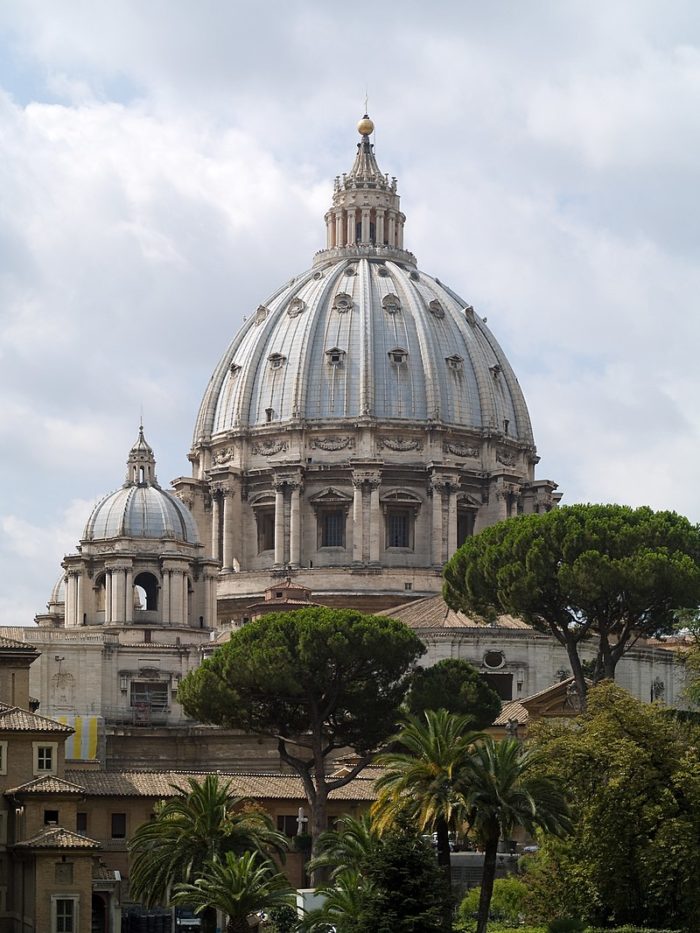
St. Peter’s Basilica; image by Myrabella
What would Michelangelo say about today’s world where the word architect is a legal term, yet the role is significantly diminished, focused mainly and only on design? My bet is he would still say he was not an architect—but not just to honor and pay homage to its roots. His intention was to create amazing buildings that lived in eternity, which is what he did. His genius allowed him to understand that he did not know it all and he needed help to fill any voids he had in the execution of the construction of a building. This is what we do in Design-Build. It is a collaborative delight where we work together to ensure our clients have the best design, while also remaining responsible for its cost and execution. Thank you, Michelangelo, for setting an example for us to aspire to.
 David Supple is the owner and CEO of New England Design and Construction. He is currently working on writing a book about his experiences and thoughts in the design and construction industry. David is a graduate of Tufts University with a degree in architecture. In California, he trained as an architect for three years, designing, directing, and managing 50- 100,00 square foot renovations. He founded New England Design & Construction in 2005 and became incorporated in 2006, and rapidly expanded the company to servicing the Greater Boston Area. He is an aspiring comedian but currently he only practices with his wife.
David Supple is the owner and CEO of New England Design and Construction. He is currently working on writing a book about his experiences and thoughts in the design and construction industry. David is a graduate of Tufts University with a degree in architecture. In California, he trained as an architect for three years, designing, directing, and managing 50- 100,00 square foot renovations. He founded New England Design & Construction in 2005 and became incorporated in 2006, and rapidly expanded the company to servicing the Greater Boston Area. He is an aspiring comedian but currently he only practices with his wife.
